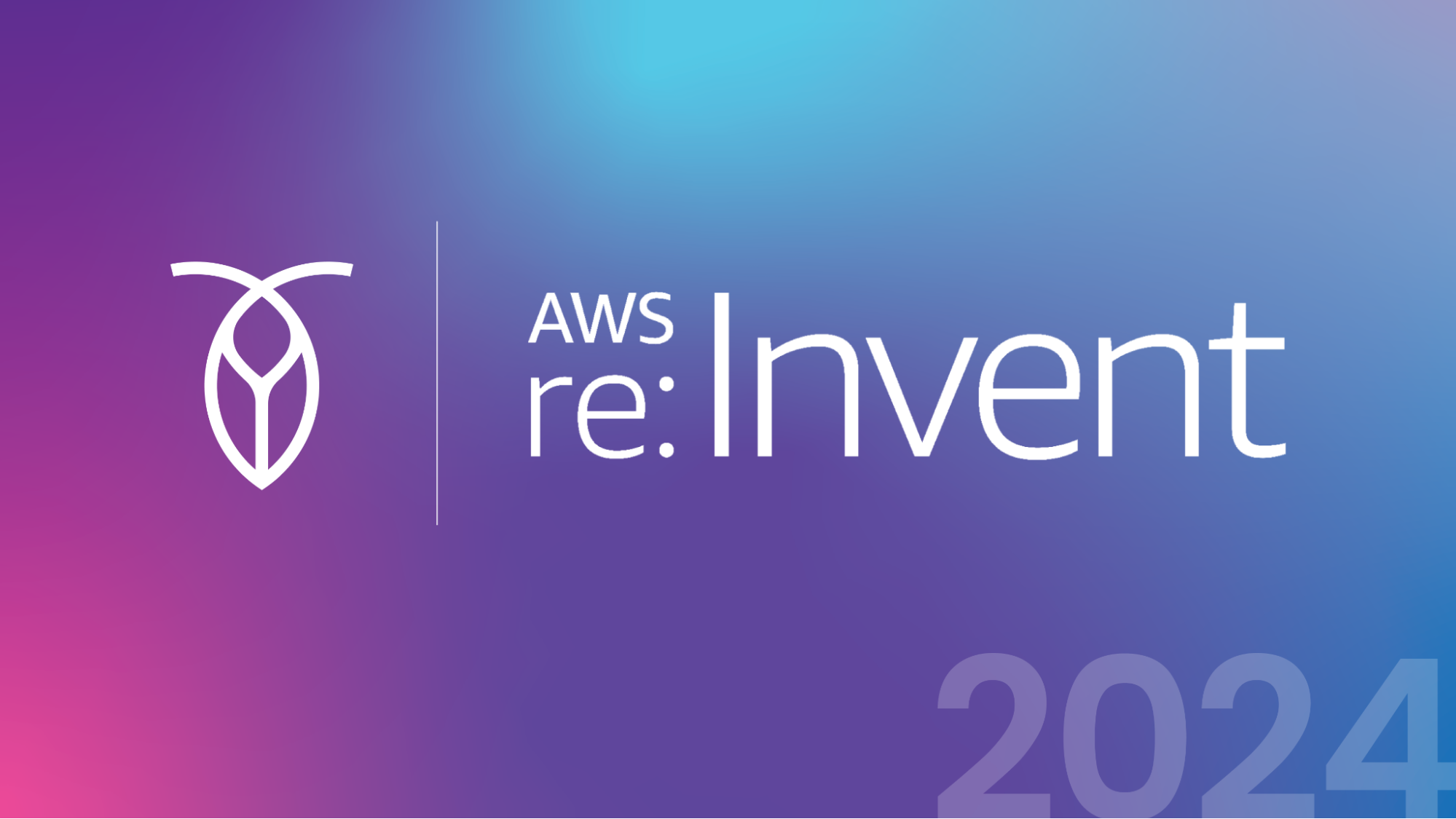
Blog
View all
Product
Scale & Resilience
2DC Support with Cross-Cluster Replication
We have invested in building two cross-cluster replication tools: physical cluster replication (PCR; Generally Available in 24.1) and logical data replication (LDR; Preview in 24.3). These cross-cluster replication tools will enable you to achieve regional resiliency, low single-region write latency, and survive entire cluster outages when deploying your applications on CockroachDB.

Alicia Lu
November 21, 2024
Unlocking Scale with CockroachDB and Microsoft Azure in Financial Services
The financial services industry operates in a high-stakes environment where the need for reliability, scalability, and security is paramount. Banks, insurance companies, and fintech firms must process vast volumes of transactions while ensuring data integrity and compliance with stringent regulations. In this article we explore how the combination of CockroachDB and Microsoft Azure provides financial institutions with the tools they need to scale securely and efficiently.

Harsh Shah
November 20, 2024
Product
Scale & Resilience
CockroachDB 24.3: Enhanced resilience and a simplified self-service trial
Finding the balance between resilience, scale, governance, and performance is hard – and that’s where Cockroach Labs excels. With the release of CockroachDB 24.3 we continue to make important strides on all these fronts, improving resilience and performance, while adding enterprise capabilities like support of Microsoft’s Active Directory and database triggers.

David Bressler
November 19, 2024
AWS
Scale & Resilience
AWS re:Invent 2024 – Explore Resilience with Cockroach Labs
Our team will be on-site at Booth #444 from December 2 to December 5 to share with you all that we’ve been working on this year, and how you can leverage Cockroach Labs with AWS to build a modern data infrastructure that is resilient to cloud and data infrastructure failures. Read on to learn more about our work with AWS, what to expect from Cockroach Labs at AWS re:Invent, and what sessions we are most excited to attend.

Becca Weng
November 18, 2024
System
Mainframe to Distributed SQL, Part 3: Distributed Database Architecture
In the era of cloud computing, traditional centralized database architectures are increasingly giving way to more flexible and resilient distributed database architectures. Since the cloud is, by definition, a distributed system, the architecture of traditional relational databases frequently conflicts with the architectural needs of modern cloud-native applications: elasticity, horizontal scale, and separation of concerns.

Amine El Kouhen, Ph.D.
November 14, 2024
press
The State of Resilience, Expanded AWS Partnership, CEO Interview: Cockroach Labs in the News, November 2024
CrowdStrike’s massive outage this summer had a big influence on IT leaders’ thinking. The lesson: Stay vigilant about maintaining operational resilience. Cockroach Labs added essential data to the storyline, with the release of a powerful new survey that highlights the true cost of downtime. 1,000 IT executives worldwide weighed in for "The State of Resilience 2025: Confronting Outages, Downtime, and Organizational Readiness,” helping to underscore the financial impact of being ready for disruptions.

David Weiss
November 13, 2024
Scale & Resilience
Database Modernization
Cloud Journeys: Multi-Cloud and Beyond with Distributed SQL
Today, businesses are increasingly investing in multi-cloud strategies as a part of data modernization to enhance resilience, scalability, and operational efficiency. In the final installment of our series on Cloud Journeys with Distributed SQL, this blog post explores the benefits of working with CockroachDB to achieve multi-cloud.

Becca Weng
November 12, 2024
Product
Inventory management on Black Friday: Challenges and solutions
Black Friday and Cyber Monday are like the Superbowl for retailers. Instead of point spreads, though, e-commerce companies are betting on peak sales numbers. But while the deluge of deals evokes dreams of dollars for CEOs, the surging site traffic can be more of a nightmare for CTOs. The onslaught of shoppers puts huge amounts of stress on their application architecture. In this scenario, even a minor problem with inventory management can cause major consequences.

Charlie Custer
November 7, 2024
Azure
Unlocking Enterprise Scale with CockroachDB: Operating CockroachDB on Microsoft Azure – Part 3
As organizations increasingly move to the cloud, scaling database infrastructure seamlessly while maintaining availability and performance becomes a top priority. Whether you're managing a fast-growing startup or an enterprise with global reach, finding the right balance between control, flexibility, and operational simplicity in a database is key: For those running on Microsoft Azure, CockroachDB presents a compelling choice.

David Joy
November 4, 2024
Get started for free









